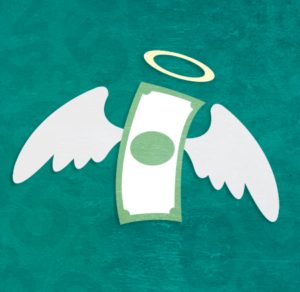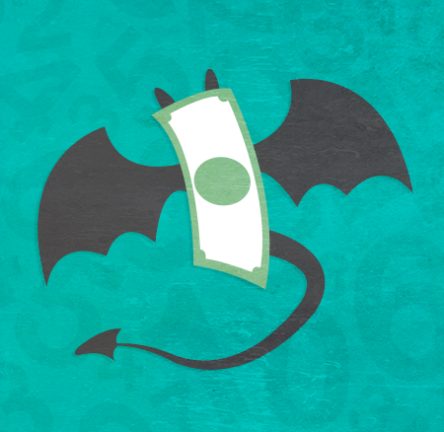Pros and Cons of Debt Consolidation
Deciding if consolidation is the right solution for your needs.
When you’re having problems with debt, the right solution can help you rein in your payments and save your credit from the damage of bankruptcy. At the same time, there are always certain risks and downsides to any debt solution that you use. So it’s important to understand the upsides and downsides of debt consolidation before signing up for anything to solve your debt problems.
The information below can help you understand the advantages and disadvantages of debt consolidation, in general, as well as the pros and cons of specific consolidation options you can use.


